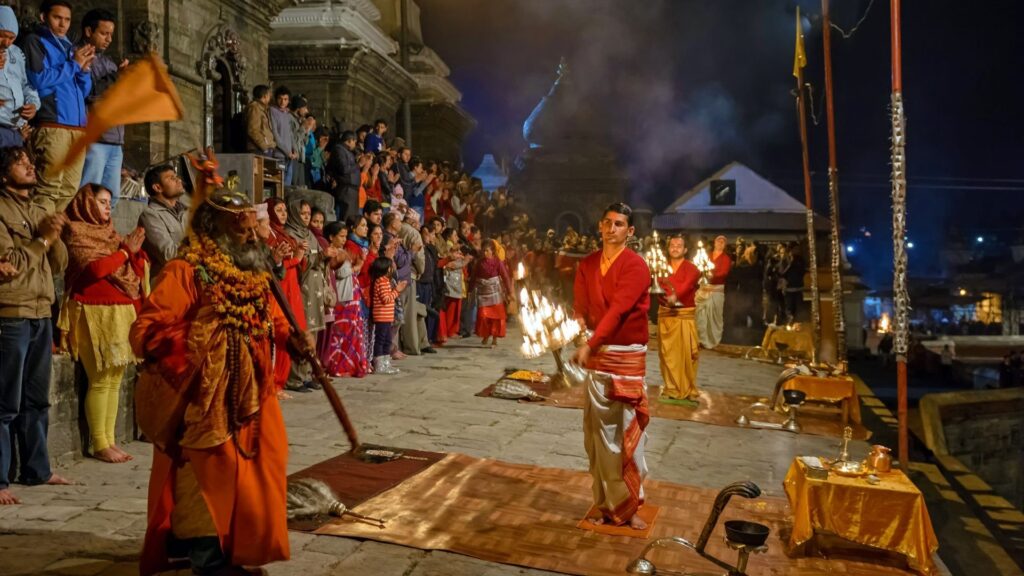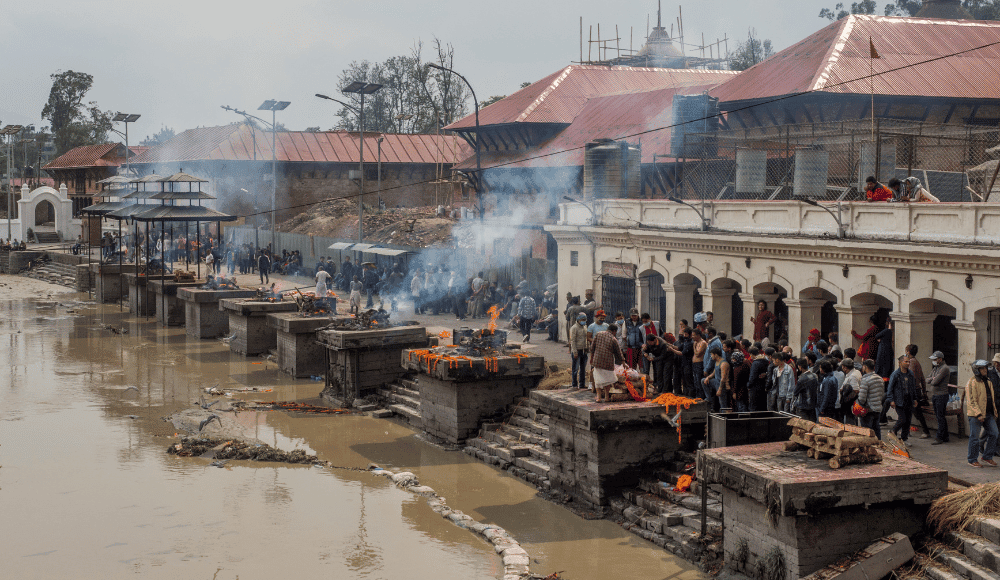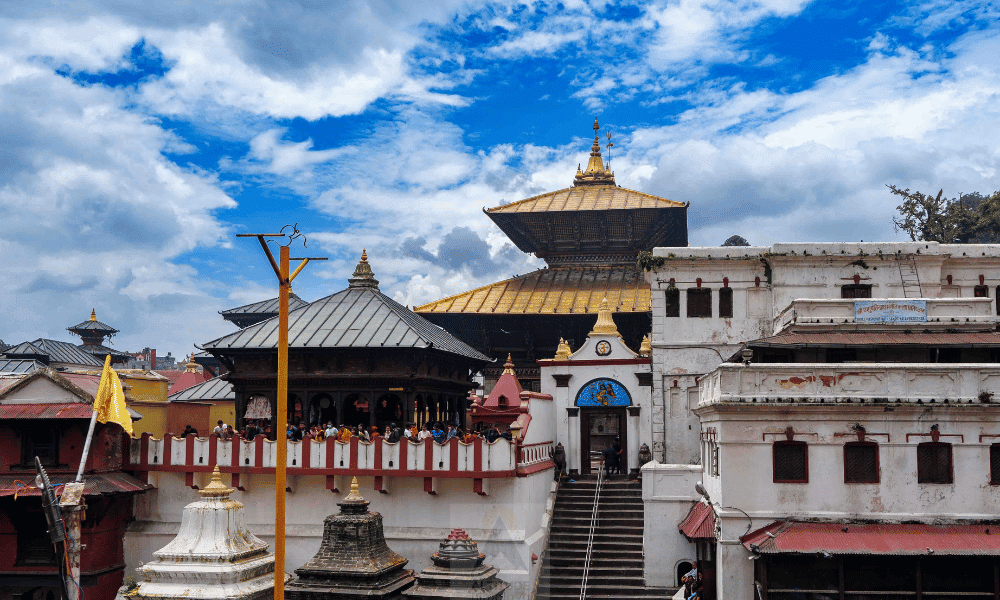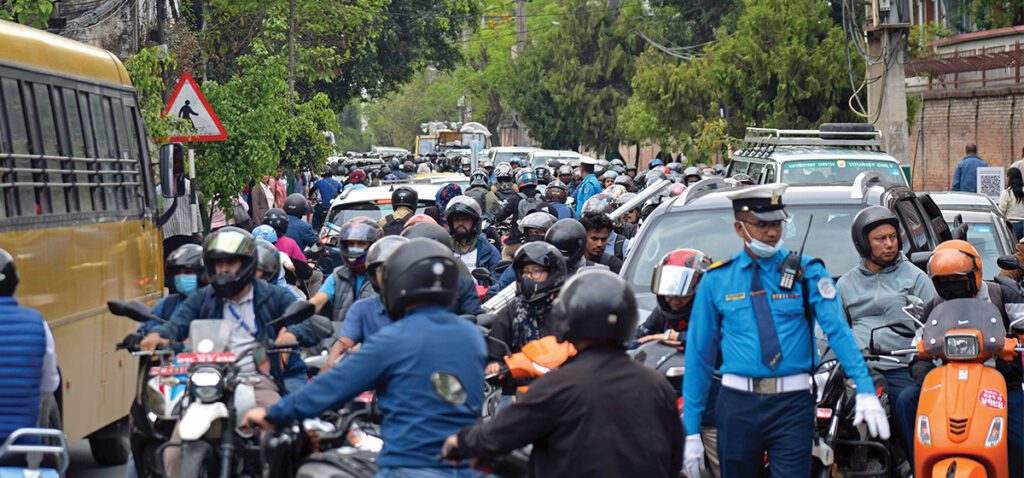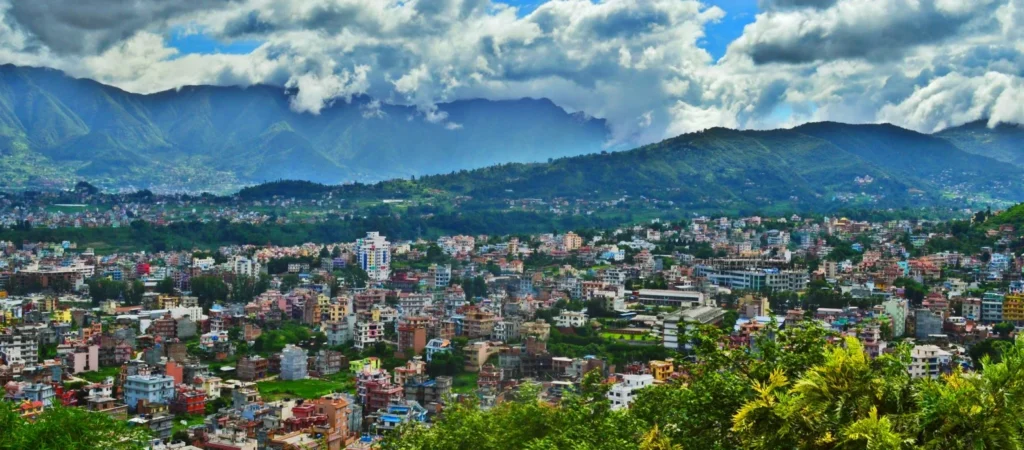The Everest Base Camp (EBC) trek is a dream journey for many, offering the thrill of standing at the foot of the world’s highest peak. Among the high-altitude treks of Nepal, Everest Base Camp treks have set itself as a top contender. While the classic route is well-trodden and captivating, opting for the Everest Base Camp trek via Chola Pass offers a more adventurous, scenic, and rewarding experience. This route combines the allure of reaching Everest Base Camp with the added challenge and beauty of crossing the high-altitude Chola Pass (5,420 m), taking trekkers through stunning glacial landscapes, pristine lakes, and culturally rich villages.
Here’s why this trek should be on your bucket list and how to prepare for the ultimate Himalayan adventure.
1. A Route Packed with Adventure
The Chola Pass route isn’t just about reaching EBC; it’s an odyssey through the rugged terrain of the Himalayas. Here, every step is an encounter with nature’s grandeur—from the towering peaks of Everest, Lhotse, and Nuptse to the shimmering Gokyo Lakes. The crossing of the Chola Pass adds a thrilling twist, demanding both physical endurance and mental resilience. This section, marked by icy trails, steep ascents, and breathtaking views, is perfect for adventure seekers looking to push their boundaries.
Key Adventure Highlights:
- Crossing the Chola Pass, a thrilling yet rewarding challenge.
- Traversing glacial moraines and snow-covered paths.
- Reaching high-altitude viewpoints like Gokyo Ri and Kala Patthar.
In addition, the trek’s adventurous nature ensures that each day brings a fresh challenge. For those who thrive on variety and excitement, this route stands out as an exhilarating alternative to the standard EBC trek.
2. Breathtaking Scenery at Every Turn
The Chola Pass route offers unparalleled diversity in landscapes. Unlike the classic Everest Base Camp Trek, trekking through Chola Pass takes you through the Gokyo Valley, famous for its emerald lakes and panoramic views. The sight of the Ngozumpa Glacier, the largest glacier in the Himalayas, is nothing short of mesmerizing. From the top of Gokyo Ri (5,357 m), trekkers are treated to a 360-degree view of the Himalayas, including four of the world’s 14 highest peaks: Everest, Lhotse, Makalu, and Cho Oyu.
Must-See Views:
- Gokyo Lakes: A series of turquoise glacial lakes surrounded by snow-capped peaks.
- Kala Patthar: The best spot for a close-up view of Everest, especially at sunrise.
- Chola Pass: Stunning panoramas of icy peaks and valleys.
The trek’s visual appeal is further enhanced by the seasonal changes. In spring, the trail is adorned with blooming rhododendrons, while autumn offers crisp air and crystal-clear mountain views. Each turn of the trail reveals new sceneries, ensuring that your camera never stays idle for long.
3. Cultural Immersion in the Heart of the Himalayas
Trekking through Chola Pass is not just about landscapes; it’s also a journey into the heart of Sherpa culture. Along the trail, you’ll pass through villages like Namche Bazaar, Dingboche, and Gokyo, each offering a glimpse into the lives of the resilient Sherpa people. Visit ancient monasteries, spin prayer wheels, and experience the warm hospitality of the locals.
Cultural Highlights:
- Tengboche Monastery: A spiritual haven with stunning mountain backdrops.
- Namche Bazaar: The bustling hub of the Khumbu region, perfect for acclimatization and cultural exchange.
- Sherpa traditions: Witness festivals, prayer ceremonies, and daily life in remote Himalayan villages.
Beyond the cultural interactions, trekkers often describe feeling a deep spiritual connection to the mountains. The quiet serenity of the high-altitude monasteries and the rhythmic chants of Buddhist monks create an atmosphere of introspection and peace.
4. The Challenges and How to Overcome Them
Trekking to EBC via Chola Pass is more demanding than the standard route, but the rewards far outweigh the challenges. Here’s what to expect and how to prepare:
Altitude: The trek takes you above 5,000 m multiple times, increasing the risk of altitude sickness.
- Tip: Follow a gradual ascent, hydrate well, and include rest days.
Weather: The pass can be icy and windy, especially during the off-season.
- Tip: Pack high-quality, layered clothing, and check weather forecasts frequently.
Physical Demands: The steep ascent to the Chola Pass and uneven terrain require good fitness levels.
- Tip: Train with cardio, and strength exercises, and practice long hikes with a loaded backpack.
Additionally, the Himalayan weather’s unpredictability means you must stay flexible with your itinerary. Having a guide familiar with the conditions and alternative routes can be invaluable in ensuring your safety.
5. Practical Information for the Trek
Here’s what you need to know before setting out for Everest Base Camp Trek:
Permits:
- Sagarmatha National Park Permit
- Khumbu Pasang Lhamu Rural Municipality Permit
Best Seasons:
- Spring (March to May): Clear skies, blooming rhododendrons, and mild weather.
- Autumn (September to November): Crisp air, unobstructed views, and stable conditions.
Packing Essentials:
- Down jacket and sleeping bag (rated for -10°C to -15°C)
- Trekking boots, crampons (for icy sections), and trekking poles
- Sunscreen, sunglasses, and a wide-brimmed hat
- First aid kit, including medication for altitude sickness
Duration: up to 18 days, depending on acclimatization and pace.
It’s also essential to have a well-thought-out meal plan. While tea houses along the route offer meals, carrying high-energy snacks like nuts, dried fruits, and energy bars can be a lifesaver during long days on the trail.
6. How This Route Stands Out from the Classic Everest Base Camp Trek
If you’re debating between the classic Everest Base Camp trek and the Chola Pass route, consider this:
- Fewer Crowds: The Chola Pass trek attracts fewer trekkers, allowing for a more serene and personal experience.
- More Scenic Diversity: From glaciers and high passes to tranquil lakes, this route offers more varied landscapes.
- Increased Challenge: The added difficulty makes the journey more rewarding, both physically and emotionally.
Moreover, the Chola Pass route caters to those who seek a more immersive and off-the-beaten-path experience. The tranquility of the Gokyo Valley and the raw beauty of the glacial terrains create a sense of solitude and wonder that’s hard to find on the standard route.
7. Responsible Trekking and Sustainability
The Chola Pass trek takes you through fragile ecosystems that need protection. Responsible trekking ensures these trails remain pristine for future generations.
Sustainable Practices:
- Use reusable water bottles and purification tablets to avoid plastic waste.
- Support local businesses by staying in teahouses and buying local products.
- Respect local customs and leave no trace.
Many trekking agencies also partner with local communities, ensuring that your trek contributes to the region’s economy. By choosing ethical tour operators, you help preserve the natural and cultural heritage of the Himalayas.
8. Conclusion
The Everest Base Camp trek via Chola Pass is more than just a journey to the base of the world’s highest peak. It’s an adventure that tests your limits, immerses you in stunning natural beauty, and offers a deep connection to the Himalayan culture. While challenging, it promises an unparalleled sense of achievement and memories to last a lifetime.
So lace up your boots, get on with the spirit of adventure, and take the road less traveled. The Chola Pass route awaits!
Choose Glacier Safari Treks for the Everest Base Camp – Chola Pass Trek!!
Setting foot on the Everest Base Camp trek via Chola Pass is a challenging yet incredibly rewarding experience. Choosing the right trekking company is vital to ensure safety, comfort, and an unforgettable journey. We at Glacier Safari Treks (GST) stand out as your perfect trekking partner for this iconic adventure.
Why Glacier Safari Treks?
- Expertise in High-Altitude Treks: With years of experience in organizing treks across Nepal, We offer unmatched expertise in navigating challenging routes like the Chola Pass. Our guides are trained to handle high-altitude conditions and ensure a safe crossing.
- Personalized Itineraries: We understand that every trekker is unique. GST provides flexible itineraries that can be customized based on your preferences, fitness levels, and time constraints.
- Commitment to Sustainability: GST practices responsible tourism by supporting local communities, minimizing environmental impact, and promoting sustainable trekking practices.
- Comprehensive Trek Support: From securing permits to offering acclimatization advice, GST takes care of every detail, so you can focus solely on enjoying the adventure.
About the Everest Base Camp – Chola Pass Trek with GST
The Everest Base Camp trek via Chola Pass offers the best of two incredible trails: the iconic EBC route and the breathtaking Gokyo Valley. Here’s what you can expect on this remarkable journey with GST:
- Duration: 16 days, depending on the itinerary and acclimatization needs.
- Max Altitude: 5,545 m at Kala Patthar.
- Highlights:
- Crossing the challenging Chola Pass (5,420 m).
- Exploring the serene Gokyo Lakes and ascending Gokyo Ri for panoramic views.
- Visiting Everest Base Camp and experiencing the iconic views from Kala Patthar.
- Immersing yourself in Sherpa culture at villages like Namche Bazaar and Dingboche.
Choose Glacier Safari Treks for a seamless, memorable, and expertly guided journey through the Himalayas. Whether you’re a seasoned trekker or a first-time adventurer, GST ensures your Everest Base Camp – Chola Pass trek is nothing short of extraordinary!
FAQs About the Everest Base Camp – Chola Pass Trek
- What is the best time for the Everest Base Camp Trek?
Spring (March–May) and autumn (September–November) offer the best weather, clear skies, and ideal conditions for Everest Base Camp Trek. - How difficult is the trek?
It’s challenging due to high altitude and rugged terrain. Good fitness is required, but prior trekking experience is not mandatory. - What type of accommodation is provided?
Teahouses with basic facilities like a warm bed, meals, and shared bathrooms are available along the route. - What gear do I need?
Essential items include warm layers, trekking boots, a sleeping bag (-10°C), trekking poles, and water purification tablets. - How does GST ensure safety?
Experienced guides, acclimatization breaks, weather monitoring, and emergency communication tools are provided.

